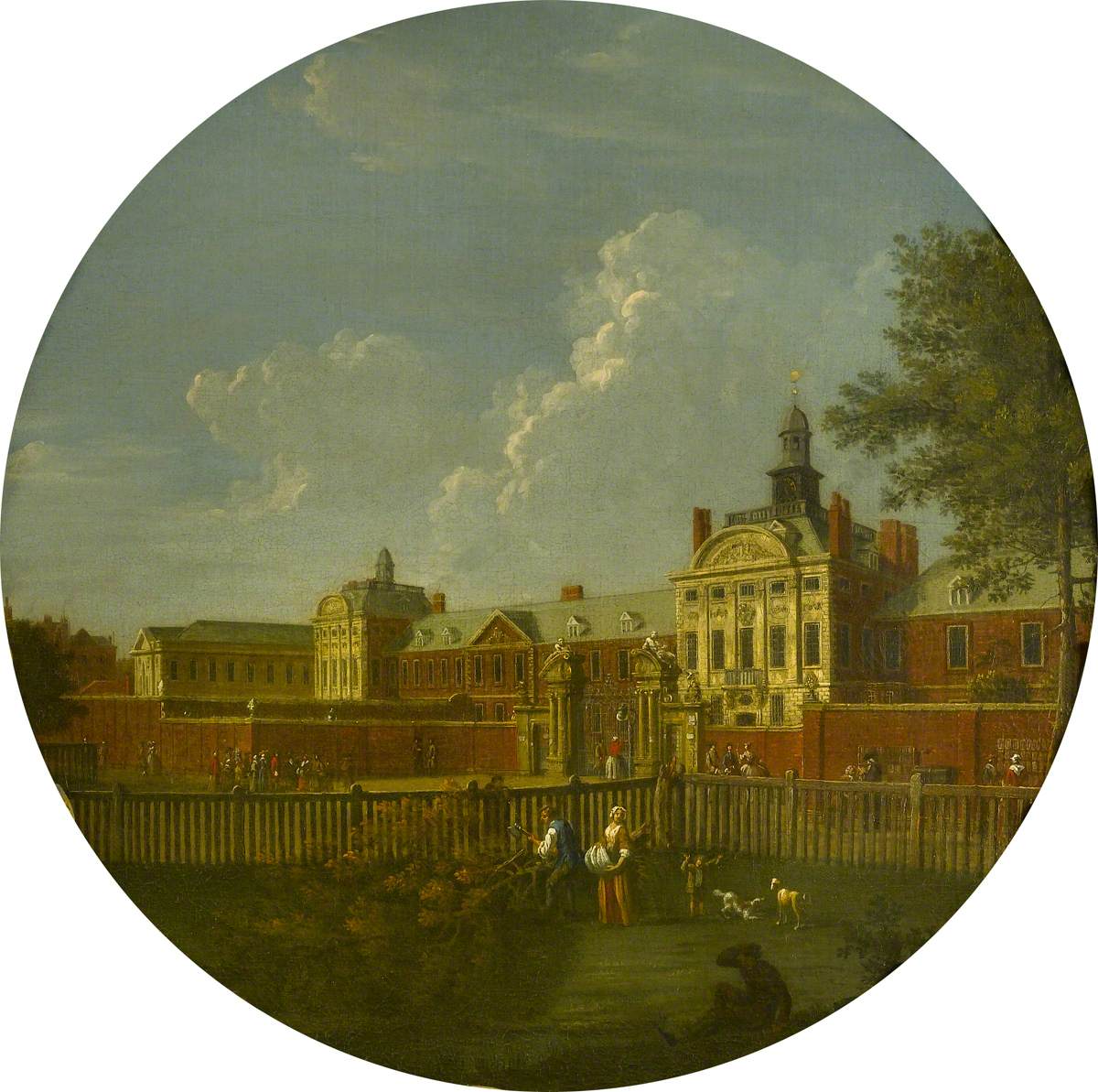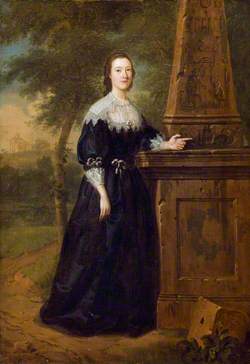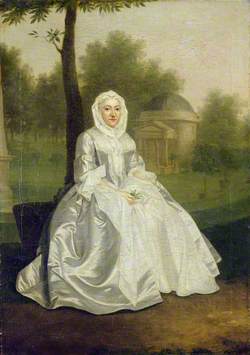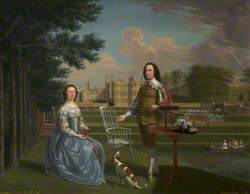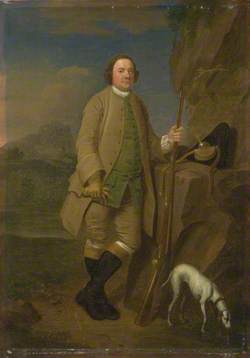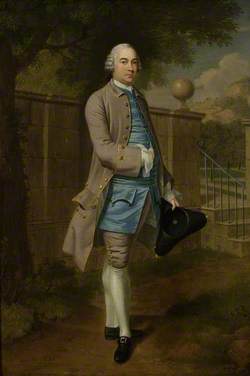How you can use this image
This image can be used for non-commercial research or private study purposes, and other UK exceptions to copyright permitted to users based in the United Kingdom under the Copyright, Designs and Patents Act 1988, as amended and revised. Any other type of use will need to be cleared with the rights holder(s).
Review the copyright credit lines that are located underneath the image, as these indicate who manages the copyright (©) within the artwork, and the photographic rights within the image.
The collection that owns the artwork may have more information on their own website about permitted uses and image licensing options.
Review our guidance pages which explain how you can reuse images, how to credit an image and how to find images in the public domain or with a Creative Commons licence available.
Notes
Add or edit a note on this artwork that only you can see. You can find notes again by going to the ‘Notes’ section of your account.
The original Bethlem Hospital was founded at Bishopsgate in 1247 as the Priory of Saint Mary of Bethlehem. The institution treated the mentally ill from the fourteenth century onwards. In 1547 it became the Royal Bethlem Hospital, one of five hospitals refounded after the Reformation. At this time the Hospital came under the direct control of the City of London. In 1676 the Hospital was relocated to a new site at Moorfields. The impressive baroque building designed by Robert Hooke is depicted in this painting. William Hogarth set the final scene of his series 'A Rake's Progress' (1735) in the Hospital, which was commonly known as Bedlam. At the time of Haytley's painting the Hospital was the only public institution for treating the mentally ill in the country.
Foundling Museum
London
Title
Bethlem Hospital
Date
1746
Medium
oil on canvas
Measurements
H 55.8 x W 55.8 cm
Accession number
FM26
Acquisition method
presented by the artist, 1746
Work type
Painting
